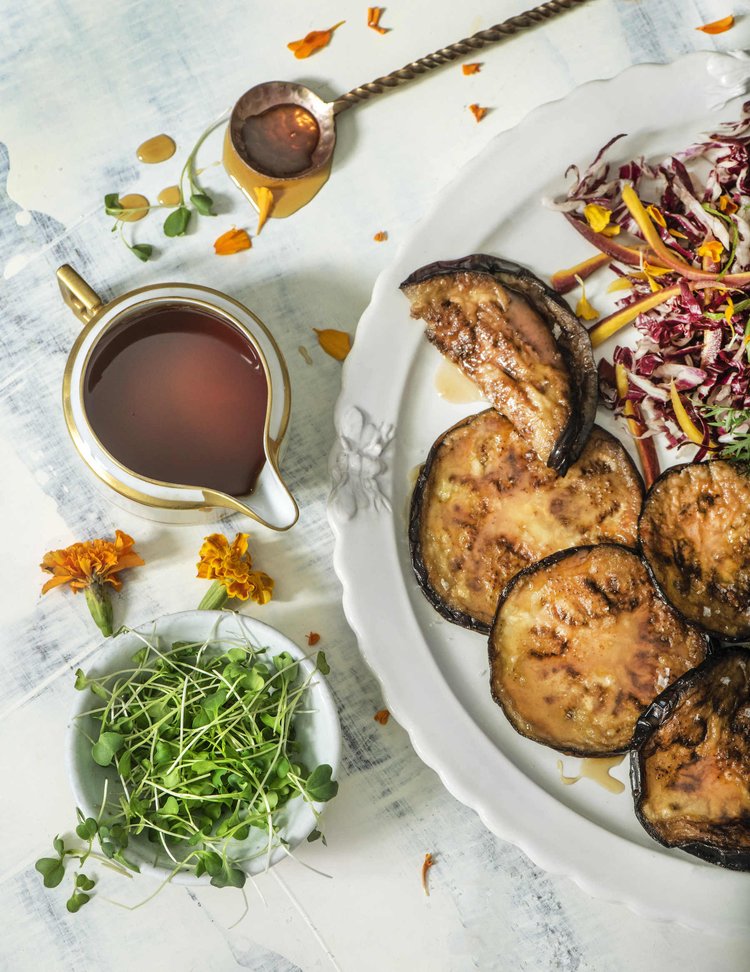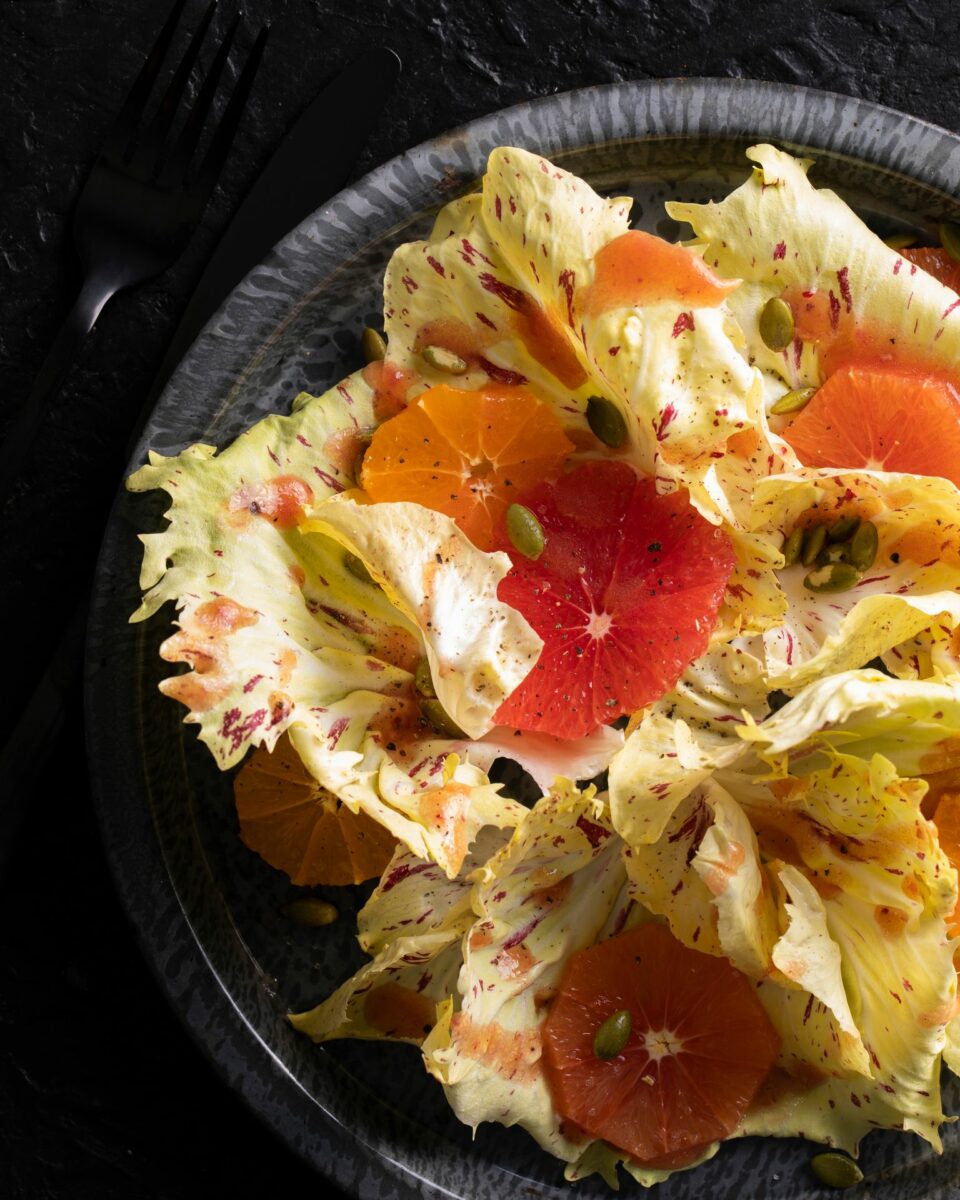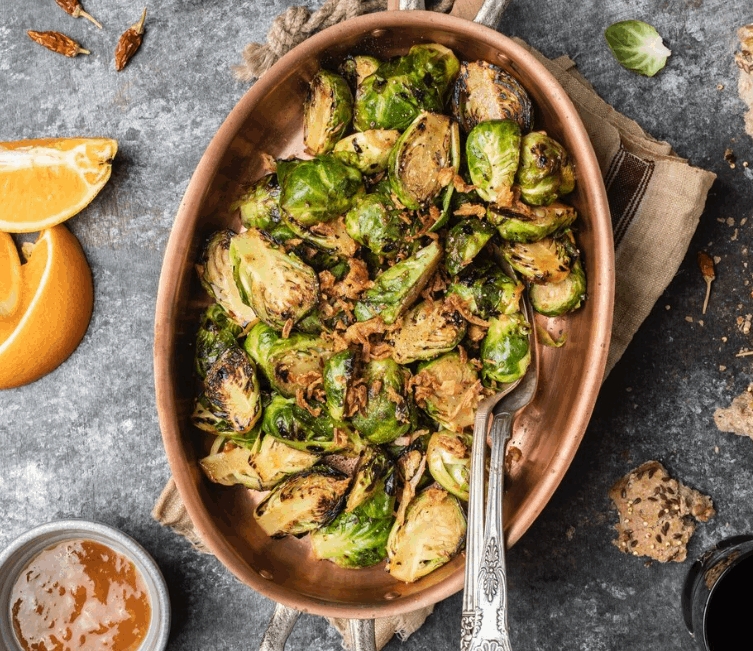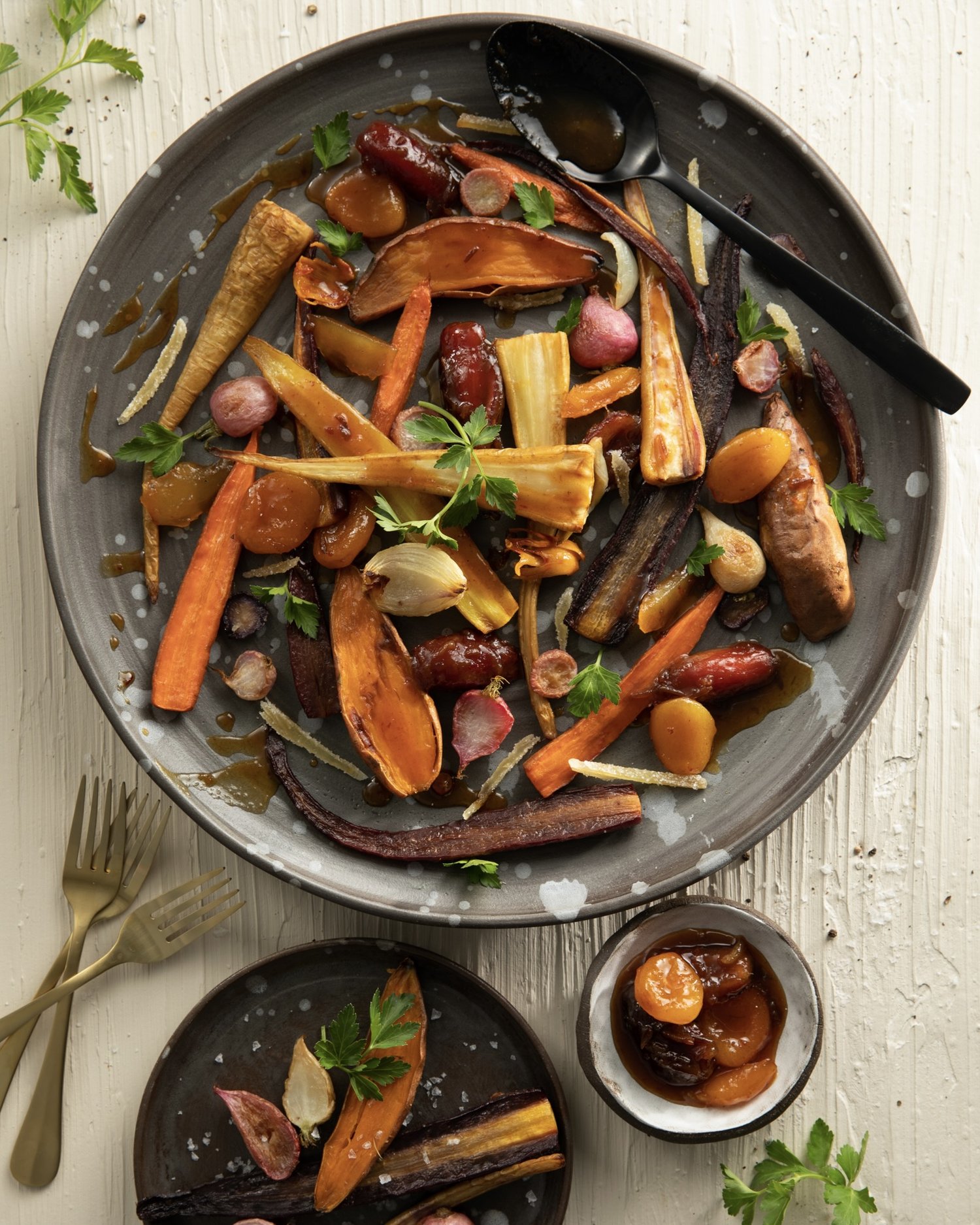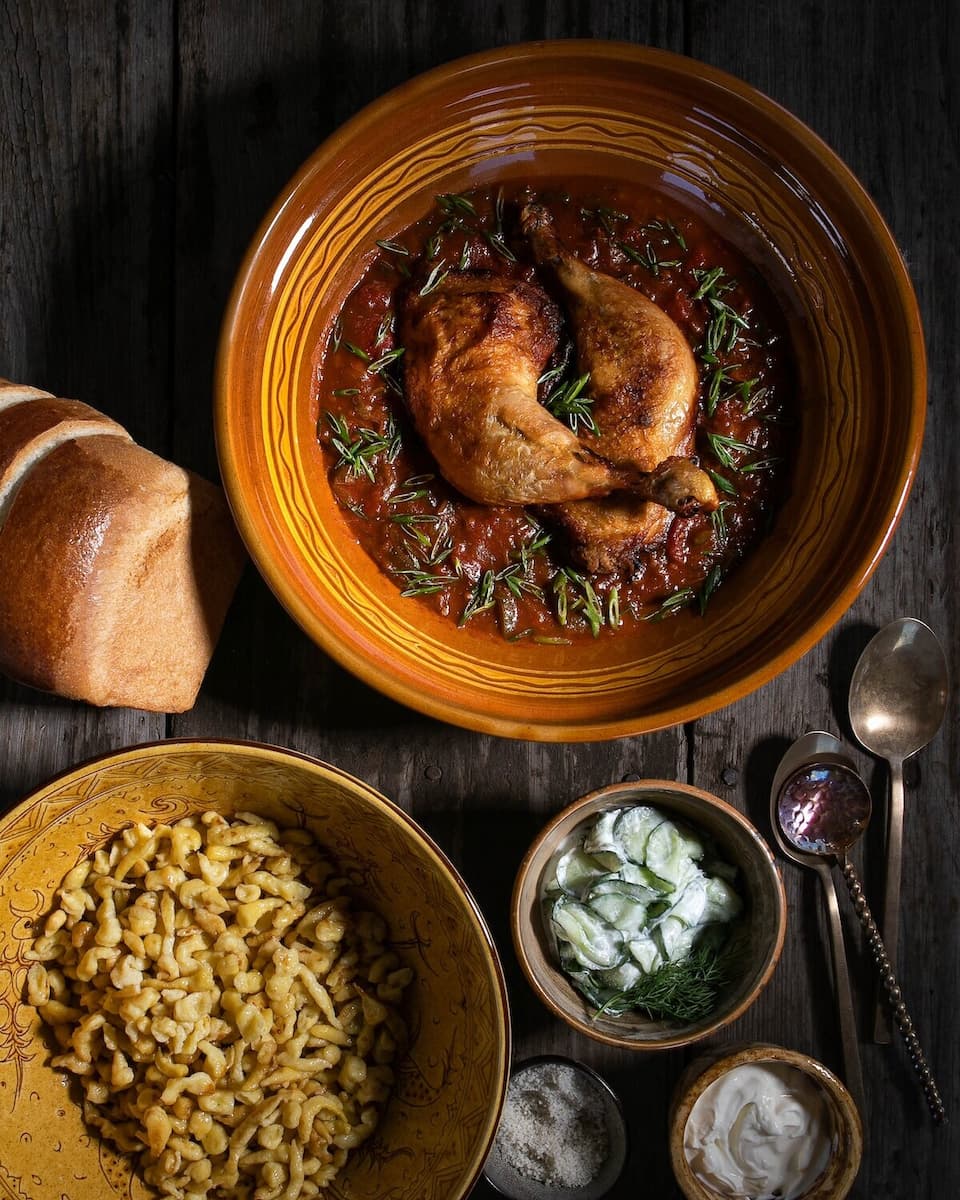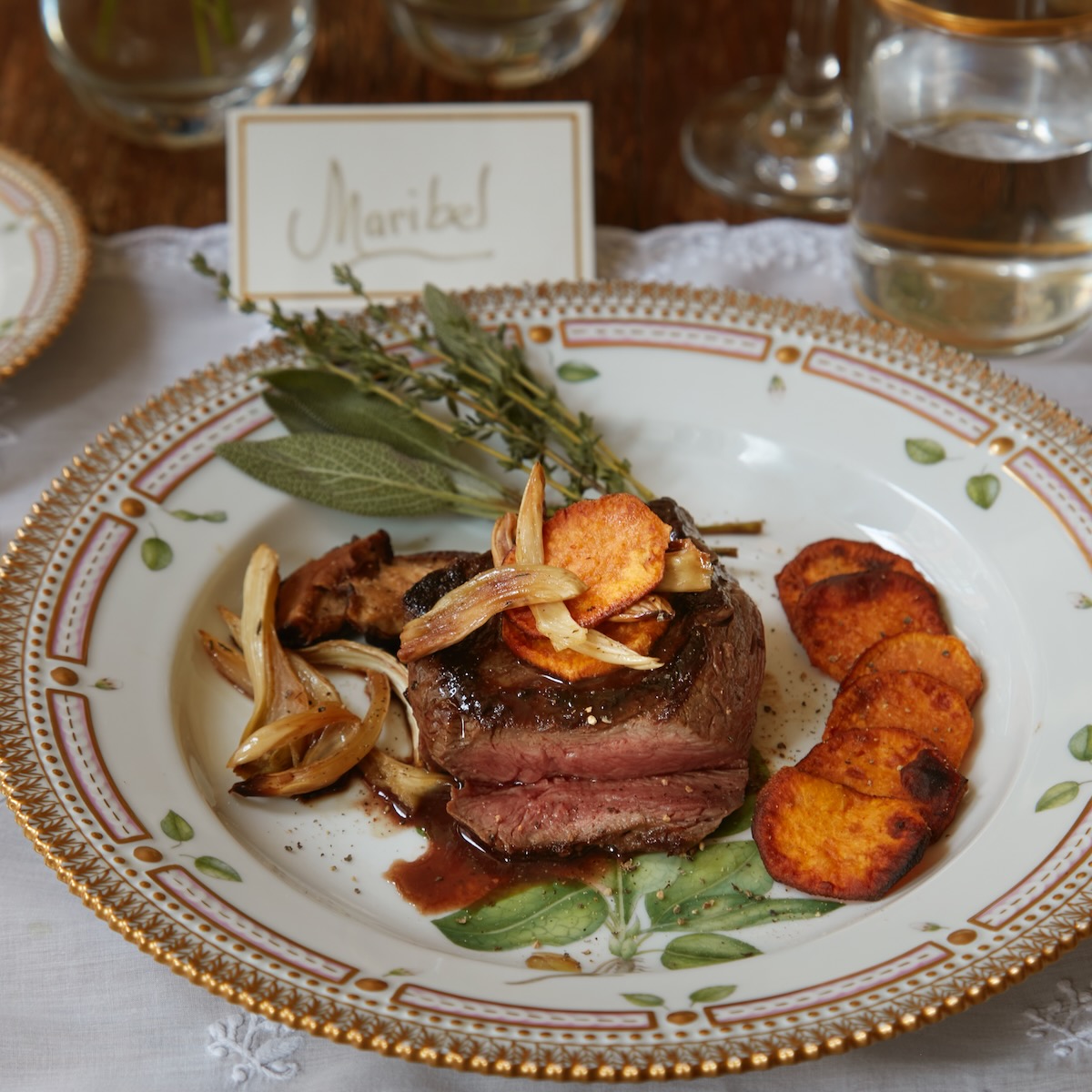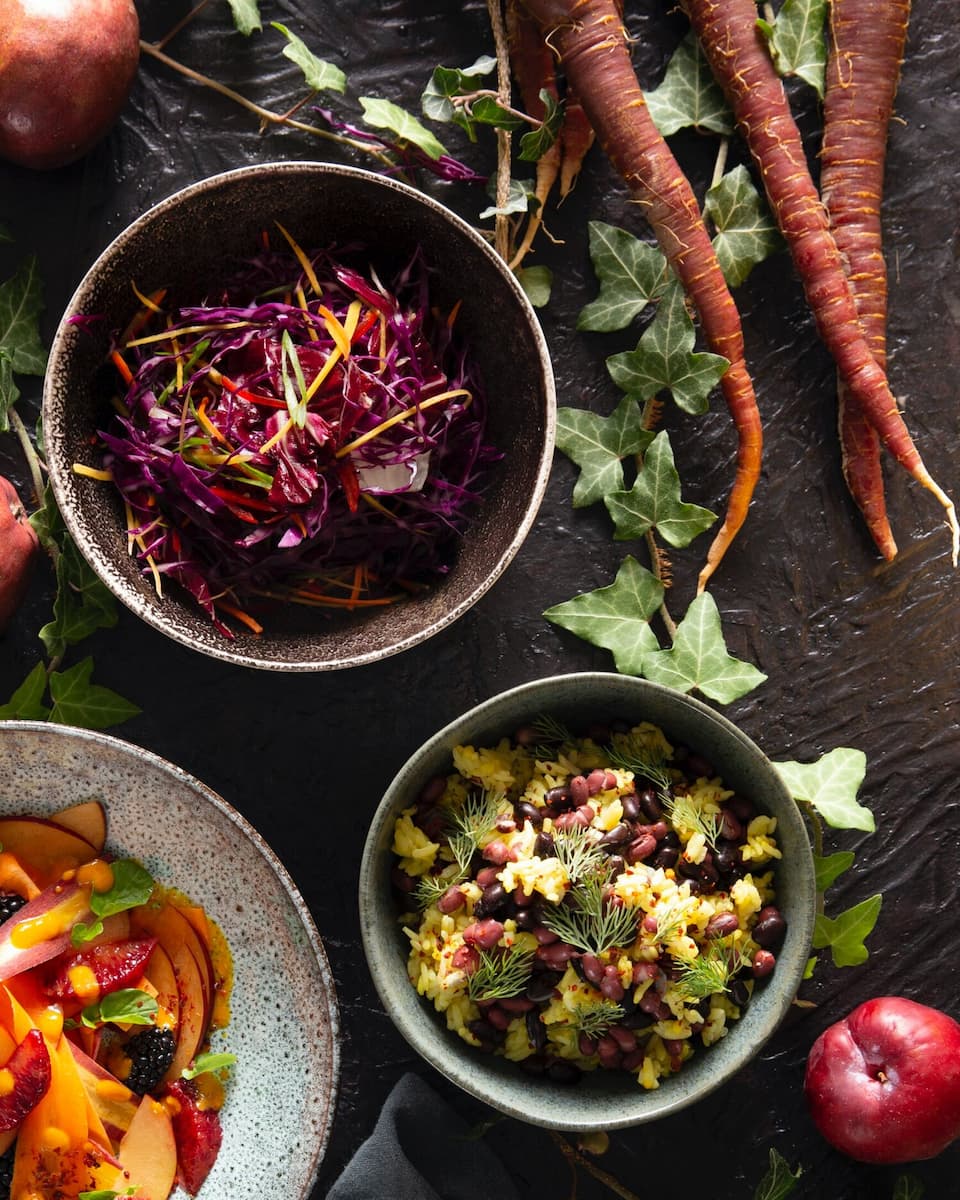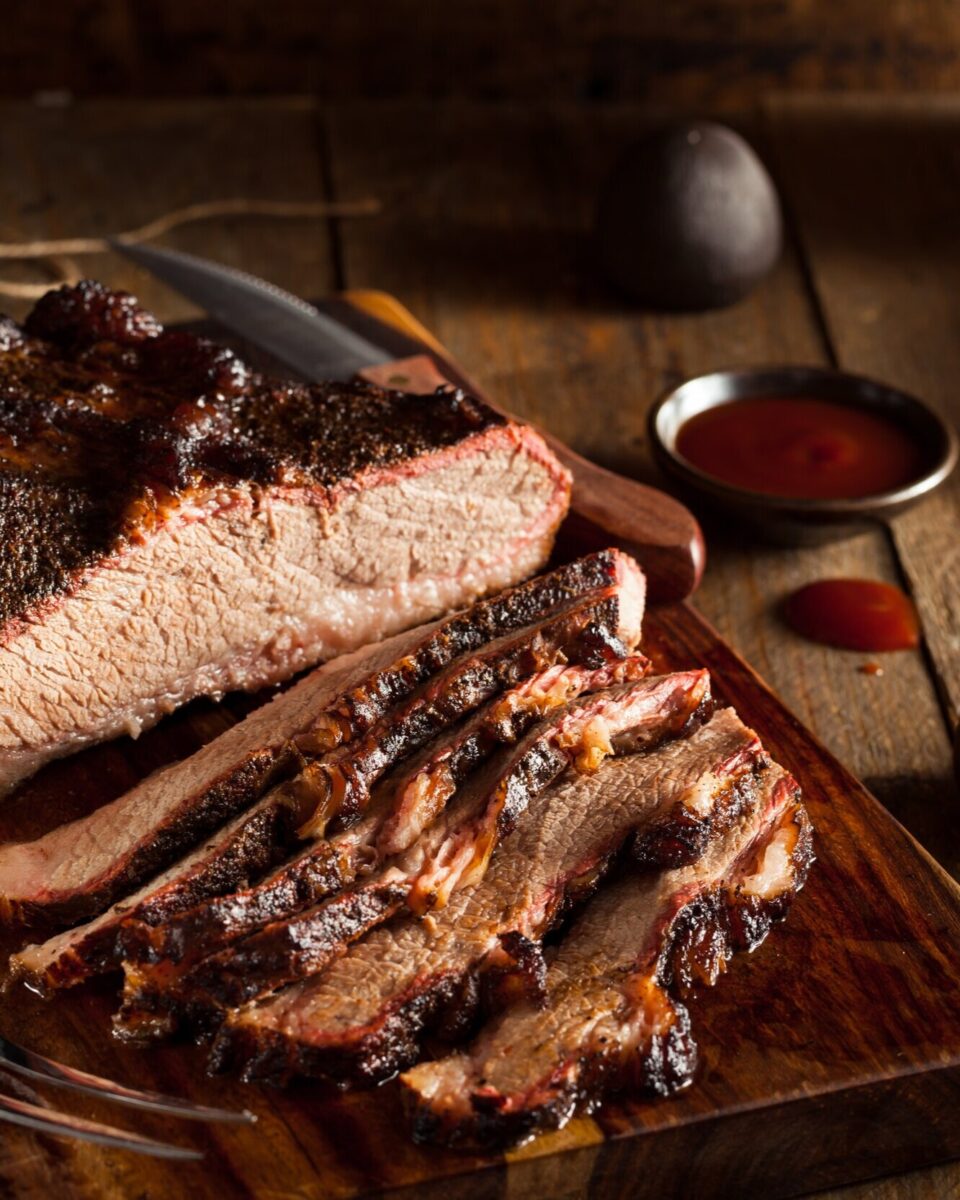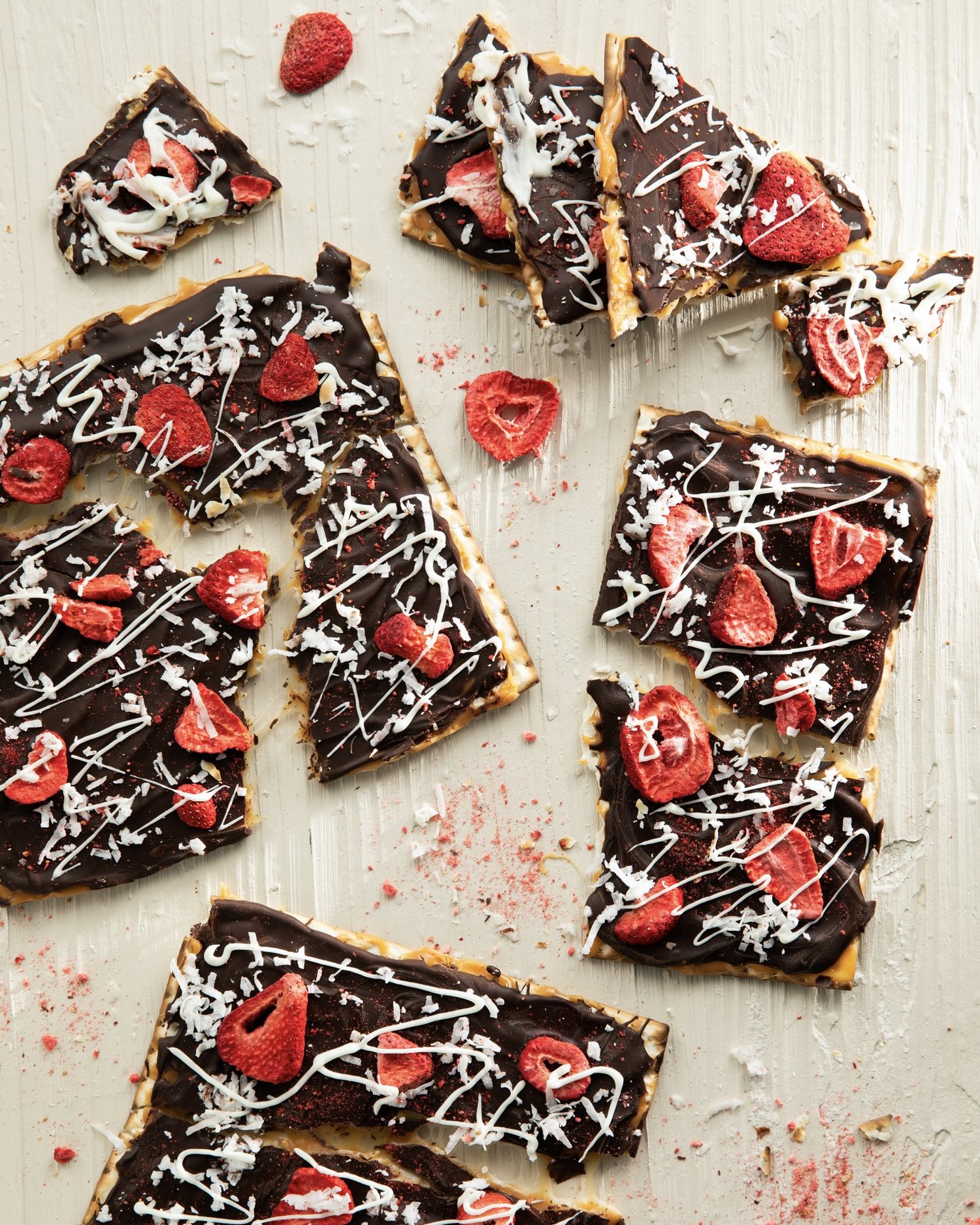Passover isn’t just the seder. Though that’s definitely the focal point and the most memorable part, you’re going to have a whole eight days where leavened bread (chametz) is off limits. That means no pasta, sandwiches, cakes, muffins, slices of baguette. The Passover kosher system is meant to put you in the mindset of understanding what it’s like to have less food available and have to leave home quickly, without indulgence and luxury in mind. The question that often comes up when planning is whether there’s a way to have an elevated meal on a holiday ostensibly about suffering? With these recipes, the answer is yes, because there’s another part of the Passover story: resilience, gratitude, and appreciation that you are alive to tell the story you sing around the Seder table each year.
What Can You Eat During Passover?
The rules of what’s “kosher for Passover” can be complex and can vary based on your observance. The lack of chametz is the baseline, but something being kosher for Passover is an extra step above being kosher. These laws, however, are not stagnant. Interestingly, after 800 years, rice and beans were officially ruled kosher for Passover in 2015. Sephardic Jews had been eating rice and beans for quite some time, but Ashkenazi Jews traditionally were staying away from away from not only leavened foods but also foods adjacent to bread such as barley, oats, rye, spelt, and wheat, but also corn and rice.
While there are definitely inventive things you can do for Passover, you may find yourself wondering what to cook during the week when all bread is off limits. There are, of course, traditions like gefilte fish and matzo. But this Ultimate Guide to Passover asks the daring question: What if you ate things that were kosher and delicious at the same time?
TABLE Magazine’s Ultimate Guide to Passover
Vegetables
Sweet Fried Eggplants
Eggplant can be a filling, rich addition to any table, and it has a long Jewish history, as well. Sephardic Jews in Spain, Portugal, Turkey, and Morocco have long incorporated eggplants into both savory and sweet cooking. This recipe from Hélène Jawhara Piñer’s Jewish historical cookbook Sephardi: Cooking the History is a perfect Passover dish, both a delicious meal to eat and a thought-provoking way to honor Jewish history.
Bitter Greens Salad with Cranberry Vinaigrette
The “bitter herbs” from the Passover seder are not known for being an enjoyable ingredient, nor are they meant to be: they represent the bitterness of the Israelites’ captivity. Noticing a theme here about affliction and suffering? Welcome to Jewish history. This salad is a much more enjoyable version of bitter herbs, using bitter, cold weather greens.
Brussels Sprouts in Orange and Apricot Sauce
If you’re not looking to spend all day making vegetable sides, this brussels sprouts recipe is quick, easy, and filling. Like eggplant, brussels sprouts are a savory, flavorful vegetable. They definitely respond to a toss in oil and spices and a session in the roasting pan.
Modern Tzimmes
Tzimmes is an underrated Ashkenazi Jewish food that you can make for pretty much any holiday. Some make it for Rosh Hashanah and Chanukah, but it’s also a good shareable vegetable side for a Passover dinner. You can experiment with what you put in it and make the recipe your own. Or you can try our recipe as is!
Meats & Mains
Chicken Paprikash with Cucumber Salad
Paprikash is a spicy, juicy Hungarian one-pot meal that if you’re a pro, you can make intuitively. Chef Csilla Thackray never follows a recipe, like her Hungarian grandmother. But if you’e making paprikash for the first time, try her instructions for a great centerpiece dish for your Passover table. Skip the spaetzle shown here until Passover observances are complete.
Seared Filet Mignon with Roasted Maitake Mushrooms & Fennel
This recipe from Maribel Lieberman of MarieBelle New York’s cookbook MarieBelle Entertains is an impressive, elevated meat dish to serve your guests. The sweet, licorice-forward taste of fennel and the earthy, savory mushrooms create a flavor balance with the meat.
Wintertime Rice and Beans
Here we go: the rice and beans that Sephardim have enjoyed for many years but which made the Ashkenazim wring their hands. They’re a lot healthier than matzo and a lot tastier than gefilte fish, that’s for sure.
Passover Brisket
Brisket is a classic. No doubt about it. Our recipe comes from Jonathan Haskel Barr, a brisket pro. He recommends embracing the long cooking time of brisket as a way to spend time with your family. That’s a lovely thought!
Kosher Wine & Cocktails
Kosher Cocktail
This cocktail uses all strictly kosher ingredients, if you’re looking to spruce up your seder a little bit. Not all alcohol is kosher, and for this cocktail, you can find a list of kosher bourbon online so everyone at your table can enjoy your mixology creation.
Kosher Wine
Kosher wine gets a bad rep. Wine writer Alice Feiring once embarked on a journey to the Republic of Georgia to try to make her own kosher wine for Passover because she was so fed up with the available options, but if you’re not that industrious, you can try some easier or more budget-friendly options. Carmel and Binyamina are two wineries to look for if you’re trying to find something that’s both kosher and, well, drinkable.
And for dessert…
Coconut Macaroons
Macaroons are a great dessert to cheat the Passover chametz prohibition, given that they use coconut flakes instead of flour. Macaroons are also highly customizable, so add a chocolate drizzle or another garnish of your choice to make it fun.
Matzo Bark
Oh, matzo. It’s really not that bad. If you put it in matzo bark with chocolate, it’s kind of like a gluten-free cookie, more or less. If you’re creative with it, matzo’s blandness is only a canvas for deliciousness.
Story by Emma Riva
Cover photo by Dave Bryce
Subscribe to TABLE Magazine’s print edition.
